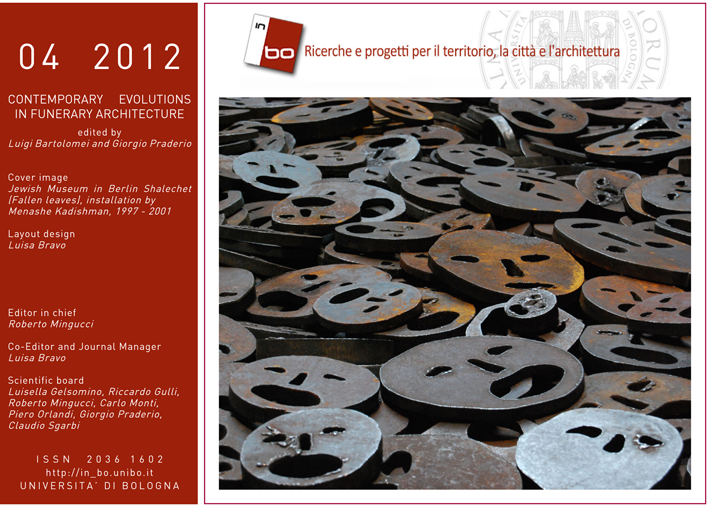“Under the sign of the Eagle”. German war memorials and cemeteries (1911-1945)
DOI:
https://doi.org/10.6092/issn.2036-1602/3259Keywords:
German war memorials, war cemeteries, Wilhelm Kreis, totenburg, military mausoleums, day of remembranceAbstract
Wilhelm Kreis (1873-1955) was a prominent architect and prestigious professor. He directed and conditioned choices while being ambiguously on the margins of political activity, he dominated the architectural scene for almost five decades. Kreis took part in and to a certain extent directed, as architect and master, part of major events in architectural and urban planning that involved the biggest German cities up to the fall of the Third Reich. Together with Bonatz, Behrens, Tessenow, Kreis can be considered one of the most influential and unparalleled leaders in German architectural culture - prophet of spirituality and watchman of values from Deutschtum, initially embodied by the Prussian Reich, and subsequently by the Third Reich. His contribution – combining themes and shapes taken from historical tradition – only partially qualifies him as a figure still linked to the ideological cornerstones of the second half of the 19th century.
Downloads
Published
How to Cite
Issue
Section
License
Copyright (c) 2012 Andreina Maahsen-Milan
Copyrights and publishing rights of all the texts on this journal belong to the respective authors without restrictions.
This journal is licensed under a Creative Commons Attribution-NonCommercial 4.0 International License (full legal code).
See also our Open Access Policy.
Metadata
All the metadata of the published material is released in the public domain and may be used by anyone free of charge. This includes references.
Metadata — including references — may be re-used in any medium without prior permission for both not-for-profit and for-profit purposes. We kindly ask users to provide a link to the original metadata record.







